Elevator Stool
An assistive stool for people with low joint mobility who are seeking a more active lifestyle.
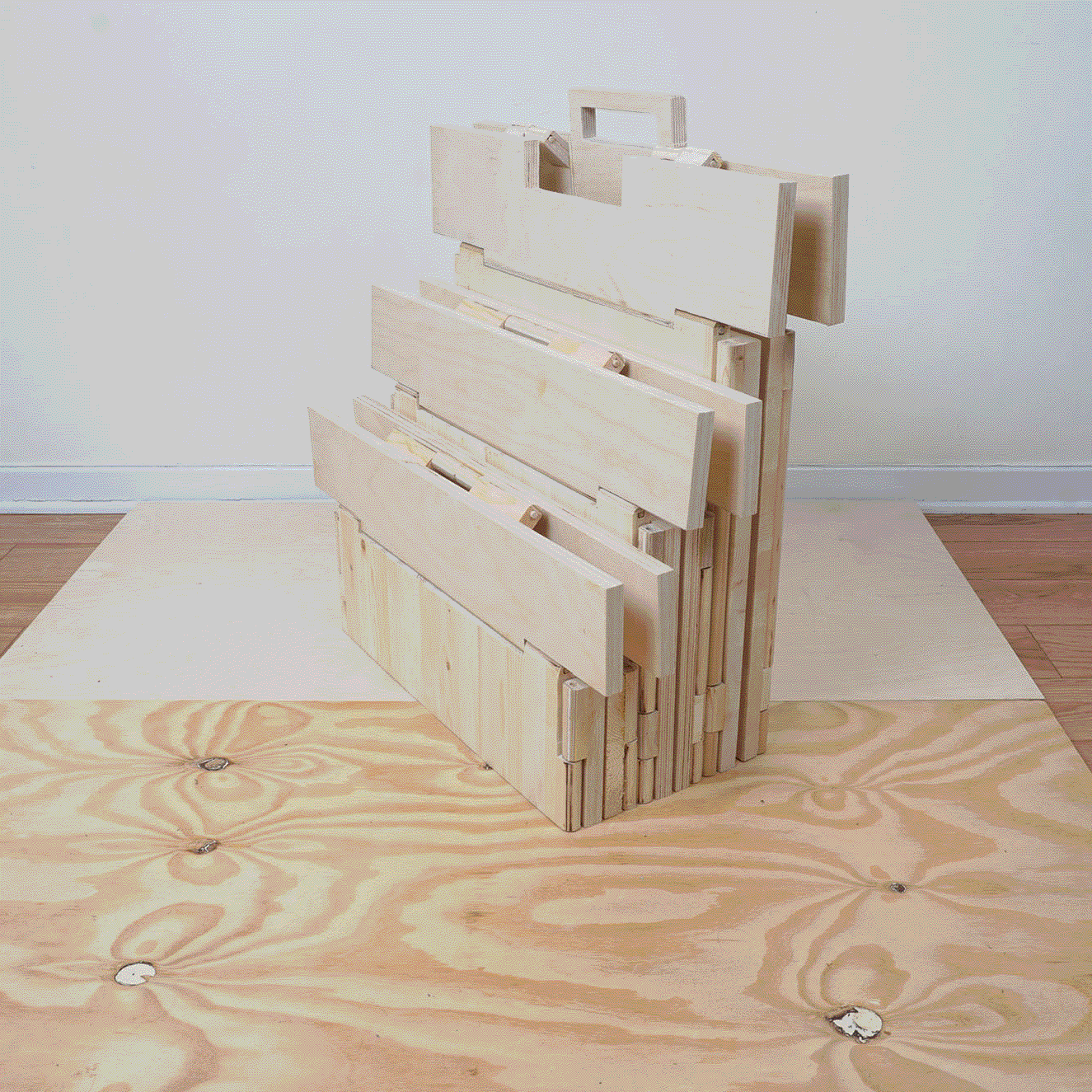
Challenge
People with low joint mobility face physiological barriers in finding and performing physical activities to maintain a healthy lifestyle.Methods
- Qualitative and Quantitative Primary Research
- Literature Review
- Body storming
- Physical Prototyping
- 3D Modelling
- Storyboarding
- Woodshop Fabrication
Outcome
A prototype stool to help low joint mobility individuals with the task of lowering and elevating themselves to and from ground level in order to use a stretching mat for physical activity.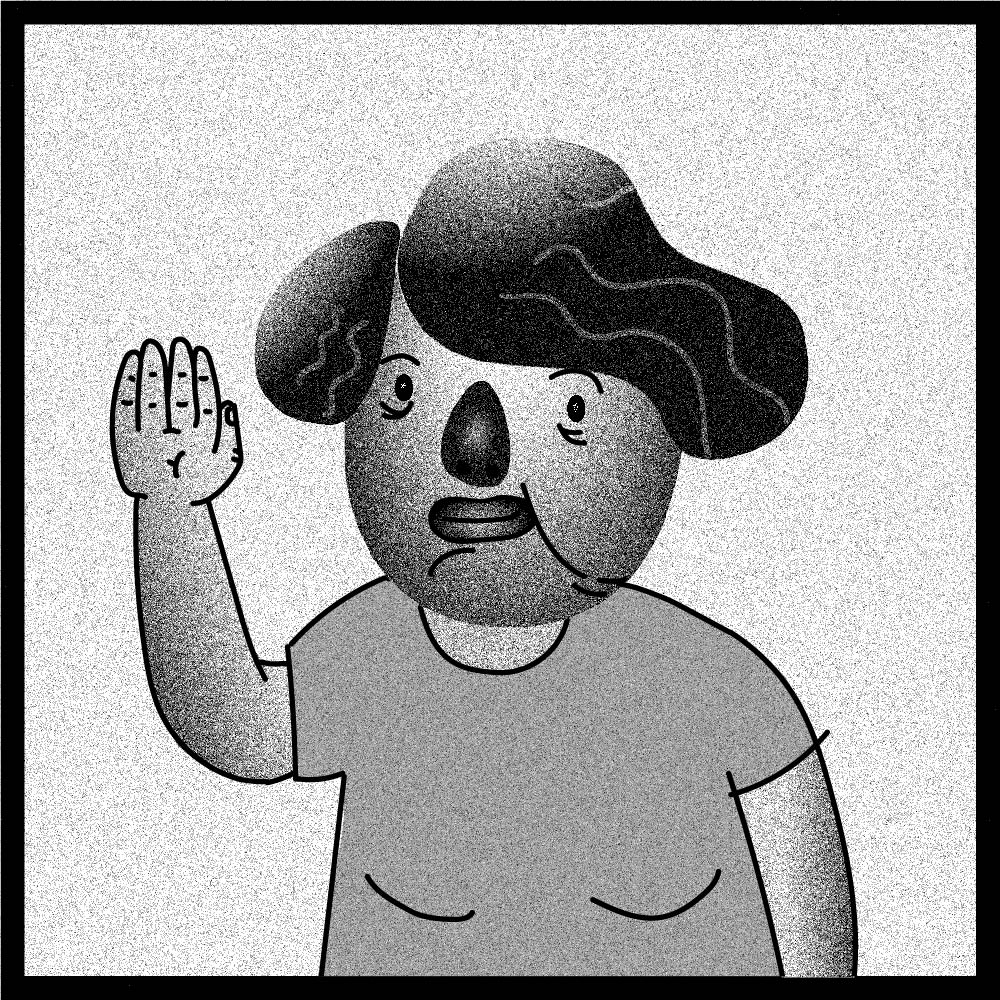
Meet Queca
This is our user, Queca, who was diagnosed with Rheumatoid Arthritis in 1991 and additionally with Osteoarthritis in 2018. Both conditions cause her to live with low joint mobility and occasional pain.
The two main sites that are affected by her condition are her knees and wrists. When Queca has arthritic flair–ups, she experiences swelling and pain especially on these joints.
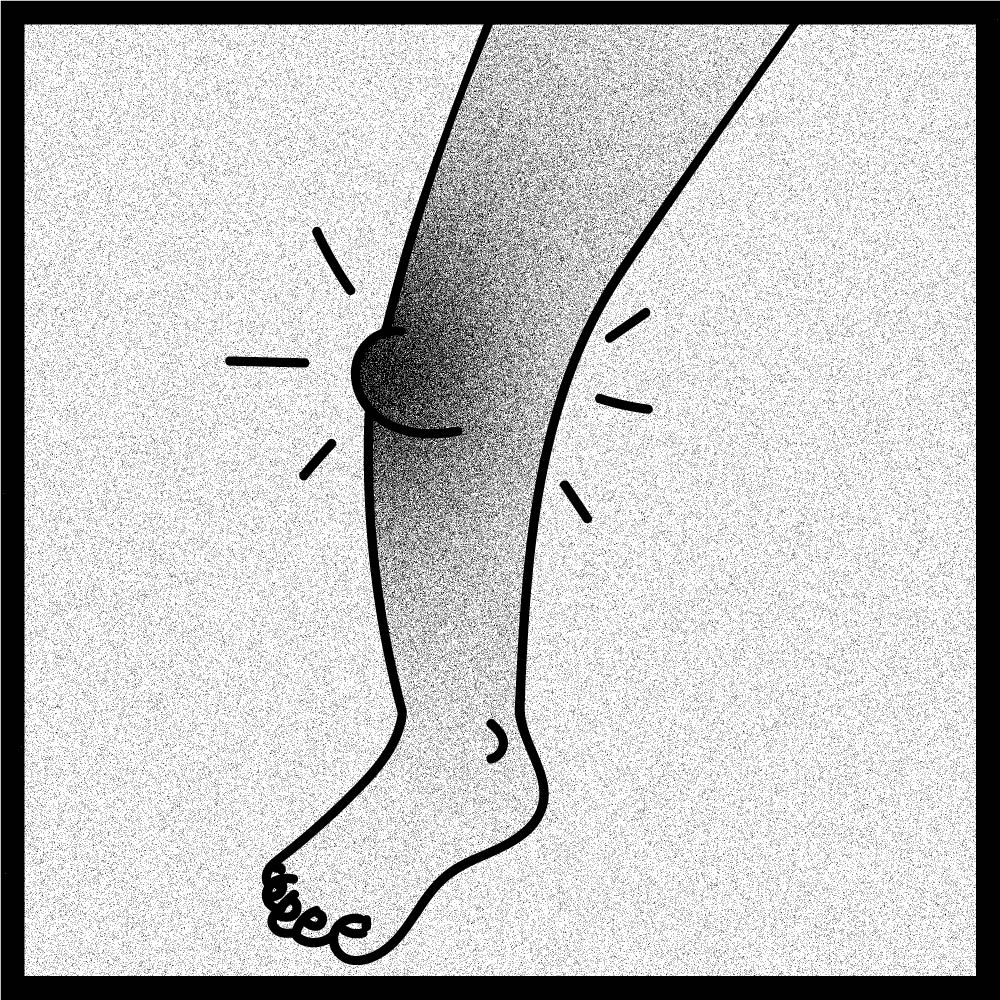

For over a decade, Queca used Methotrexate, an immunosuppressant drug, as a treatment for her arthritis. While her use of Methotrexate did reduce the inflammation in her joints it also caused a common side effect known as “gastro-intestinal toxicity” which came to her in the form of severe nausea and abdominal discomfort post treatment.
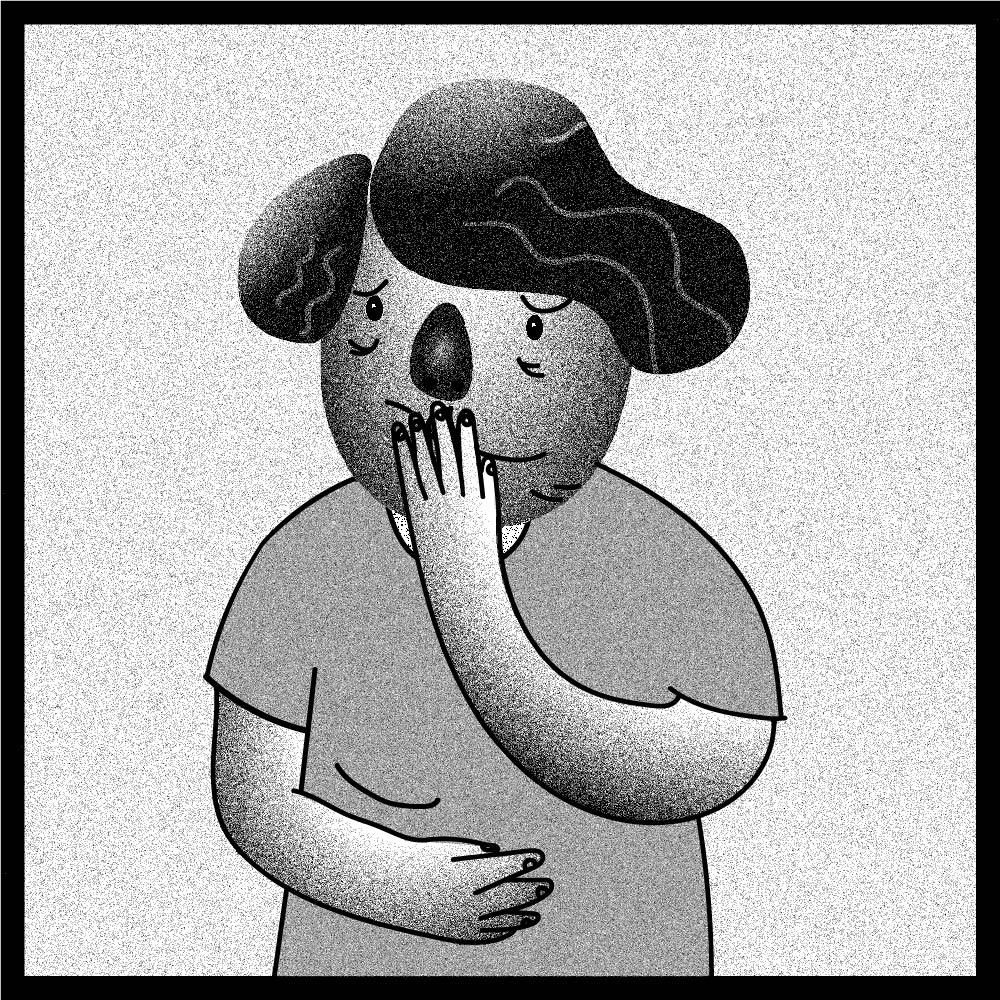

Side effects from taking low doses of [Methotrexate (MTX)], such as arthritis patients, might include “nausea, vomiting, abdominal discomfort, anorexia, weight loss and diarrhea and affect 70% of patients receiving low dose MTX.”
—Moyano, 2012
Moyano, L. A., & Castillo, V. S. (2012). Methotrexate : Pharmacology, Clinical Uses, and Adverse Effects. New York: Nova Science Publishers, Inc.


In order to avoid taking Methotrexate, Queca adopted a new lifestyle including a special diet and daily physical activity. Queca’s exercise routine included 30 minutes of Tai Chi, three times per week and 45-60 minutes of swimming four to five times per week.
Although Queca has been able to upkeep her physical activity levels for the last two decades her physical state is more delicate at 81 years of age than it once was. For this reason, she has been searching for new ways to exercise.
Although Queca has been able to upkeep her physical activity levels for the last two decades her physical state is more delicate at 81 years of age than it once was. For this reason, she has been searching for new ways to exercise.
According to “Life with Arthritis: a Personal and Public Health Challenge”, a Govenment of Canada report, a common misconception about Arthritis is that “joints with arthritis should be rested”. Meanwhile, healthcare professionals claim that “Too little exercise can cause muscle weakness, pain and stiffness and that people with arthritis should undertake some form of physical activity” to improve upon their joint mobility, strength and cardiovascular fitness.
“Being physically active has the potential to both
prevent the onset of some types of arthritis and ease
the pain associated with many, if not all, types of
arthritis.”
—Public Health Agency of Canada
Life with Arthritis In Canada: a Personal and Public Health Challenge. Ottawa, Ont.: Public Health Agency of Canada, 2010.
Yoga is a form of exercise that Queca has been interested in for many years but she faces a large obstacle to performing exercises that require her to lay down on a mat the ground.

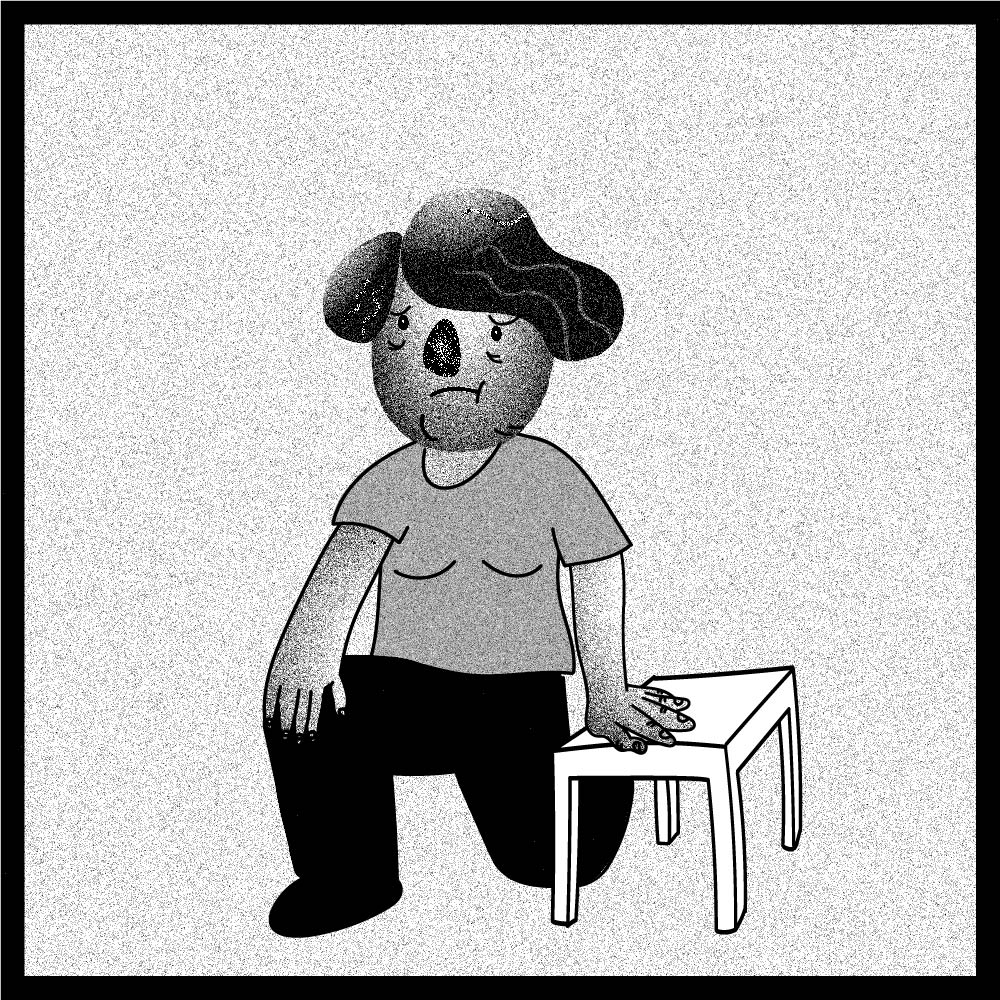
She is unable to go from standing position to laying on a yoga mat in a painless manner. The deterioration and lack of mobility in her joints don’t allow her to lean on her knees or perform wrist extensions as is commonly necessary to lay down or get up from the ground.
Instead, she relies on nearby furniture to to lean on and help her lower herself.
Instead, she relies on nearby furniture to to lean on and help her lower herself.
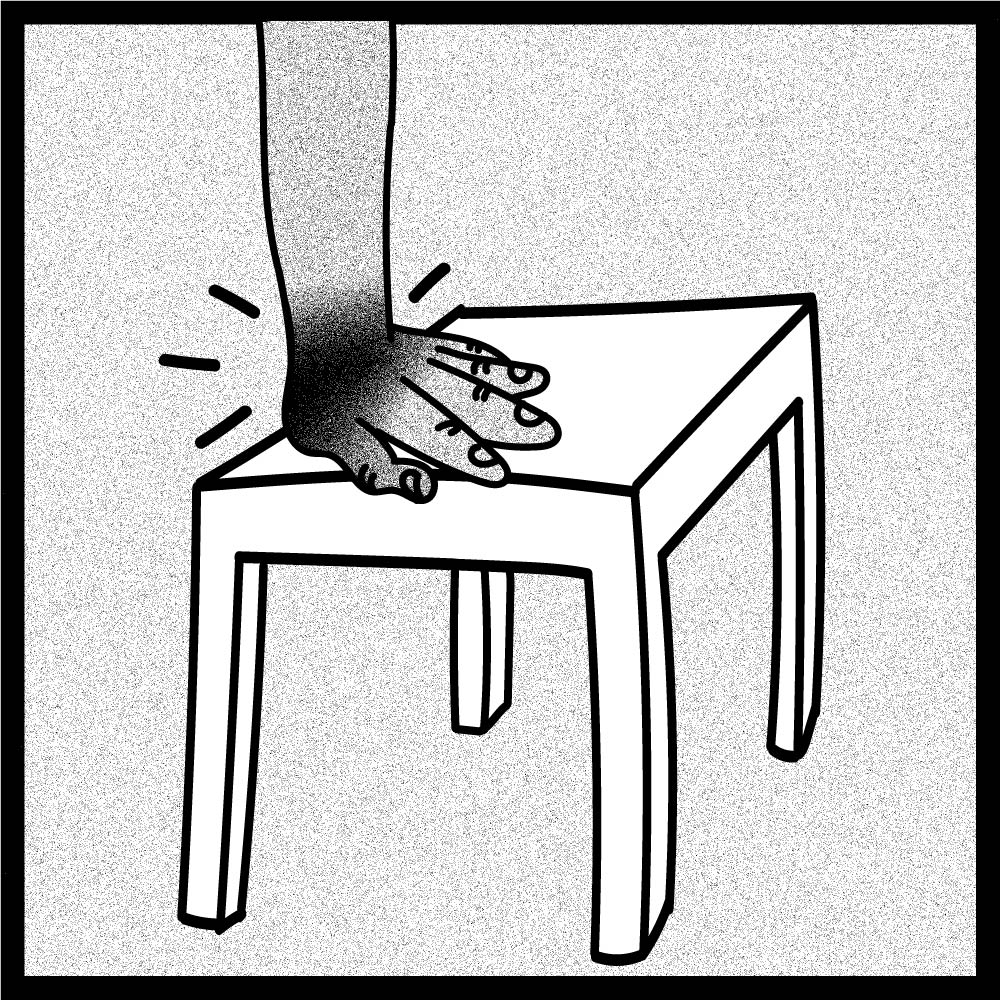

Even though she is able to lower herself in this manner, she is not able to do it in a painless way.
Bodystorming
For this project I worked with Queca to explore a variety of bodystorming activities to find her specific physical limitations and comfort levels through the exploration of various methods in laying down and standing up.
Through this activity, we found that by using her household staircase, Queca was able to lower and elevate herself to and from ground level in a pain–free manner that respects both her strength level and her joint mobility.


The Elevator Stool
This is the story of the Elevator Stool, an assistive device that is modeled after the bodystorming activity Queca performed on the last three steps of her stair case.

Prototyping Process Images

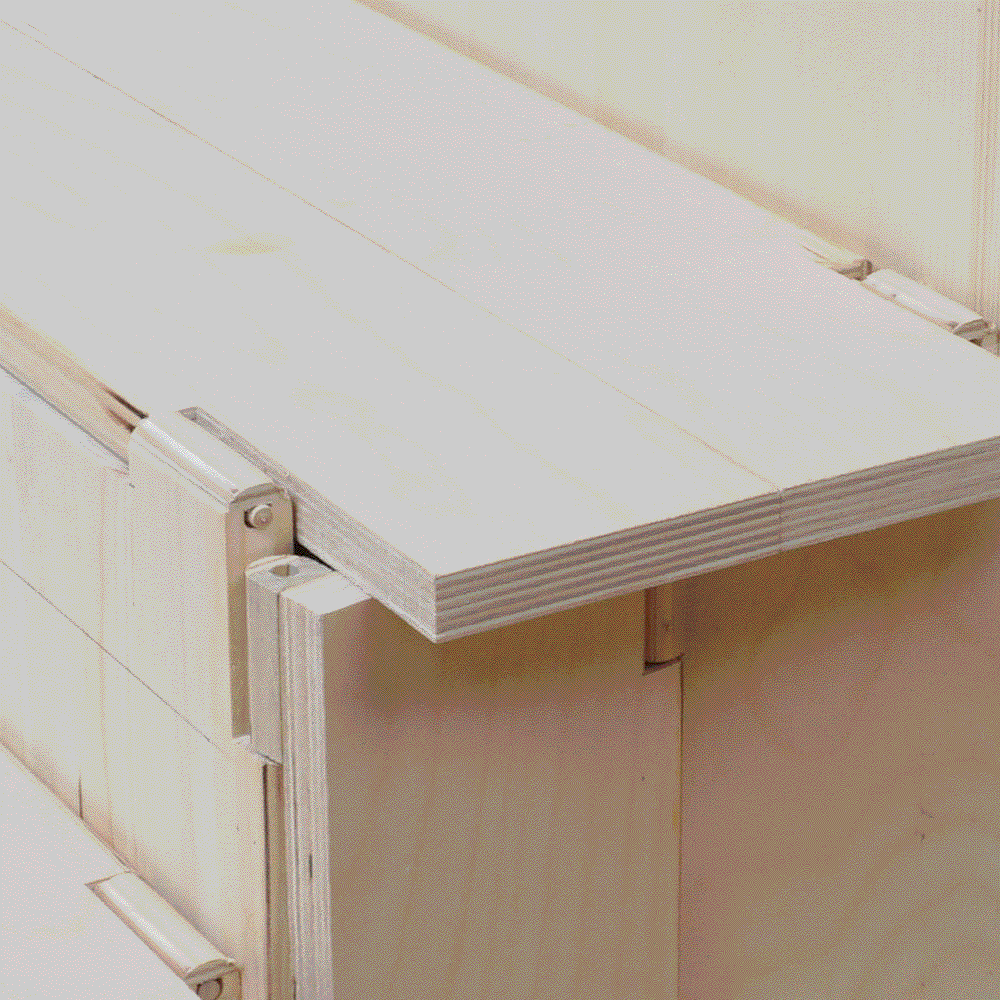

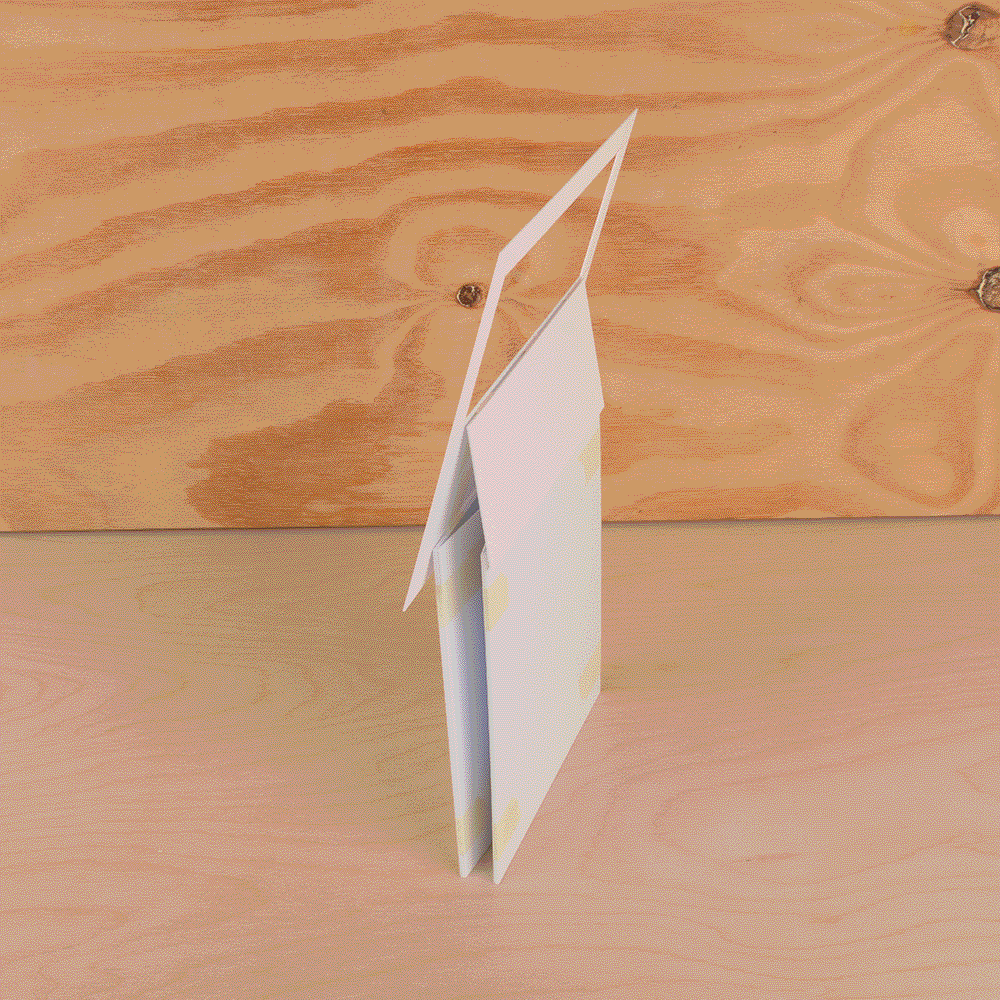

Reflection
At the time of revisiting this project, Queca requested that the stool be somehow foldable so that she could store it whenever not in use. The prototype explores the functionality of the stool and uses birch plywood, pine boards and wooden dowels, these are not the ideal materials for a market-ready model, they have simply been used to construct this first full-scale prototype so that it could be functional. The use of this material selection cause the prototype to be very heavy and difficult to use for someone that may have low mobility. These criteria are taken into account for the next iteration of the project.
This project was initially taken to the concept stage in 2018. The project was then revisited in 2020, once again in collaboration with Queca. This time the stool was prototyped at full scale to arrive to a proof of concept stage. Unfortunately, due to COVID-19, it is not possible to user-test using the finished full-scale prototype. This project will be updated once it has been tested and improved upon.